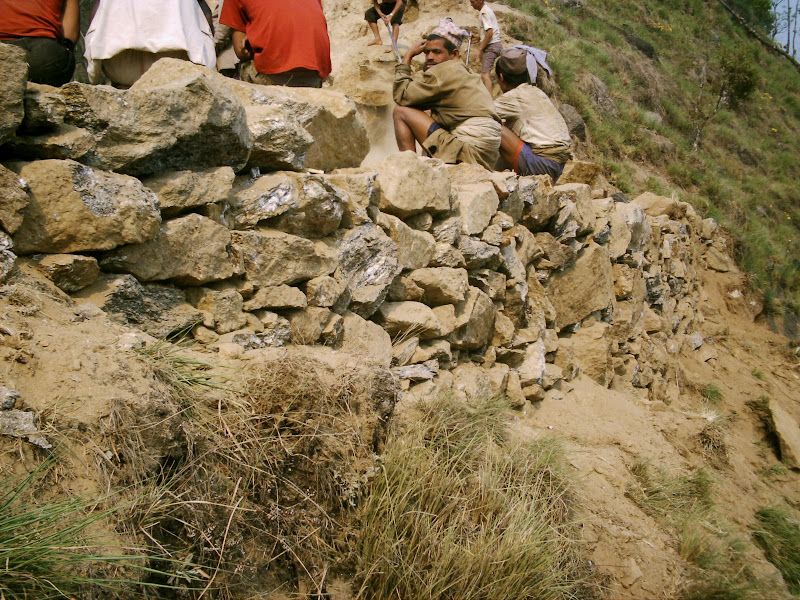It's been a long time since I wrote here. But, here are some updates. Some of these are old news already, dating from May. Nonetheless, here they are. This is mostly from April 2007.
Oli (from trekinfo.com forums) has been to Kaaule and has seen the construction first-hand. He also met with some interested people in Kathmandu, and they provided some wise advice:
1) We need to draft a Memorandum Of Understanding between the "charity organisation" and the village school building council. This is the masterplan that sets out all the commitments, expectations and requirements for the plan. It should cover details of costs & expenses, our cash payments and any contributions made by the village in the way of land and materials donationated or labour. And a list of our expectiations regarding the size and quality of the buildings being funded. This MOU ought to be well considered and strictly adhered to.
2) We need to appoint an independent structural surveyer to oversee the quality control of the actual building. Things like are the foundations sound, cement mix quality, use of branded (mfrg warrenty) materials used, drainage & damp proofing, walling & the roof - etc. CAN suggest the build is checked for quality at 3-5 key stages and our release of additional funding is made only after a favourable inspection.
3) We should register with the Social Welfare Council, apparently they are a Nepali body who oversee the workings of charity & NGOs, projects like this. It is important that we are seen to be playing by the rules.
4) We need to consider the long term sustainability. After the initial build the school will need maintenence, probably a significant chunk of cash every few years, but we need to avoid having to make every small contribution (e.g., repainting the blackboards, etc.). Perhaps a school farm can pay a bag of carrots for a morning of maintenance odd-jobs.
This is all very good advice, indeed, and I'm working on implementing at least parts of it. I think, however, that items 1 and 3 are, perhaps, not as important as 2 and 4, so I'll concentrate on these latter ones more. The reason I attach less importance to the others are due to the nature of my personal relationship with the people on the ground and due to the small scale of the project overall.
At the time Oli went to Kaaule, the ground had been cleared but a wall had collapsed and they were repairing it. Here are some pictures from that stage (April). These pictures are of the Western and Eastern walls of the cleared ground, some photos of the final stages of ground clearing, and a photo of the workers on site.









